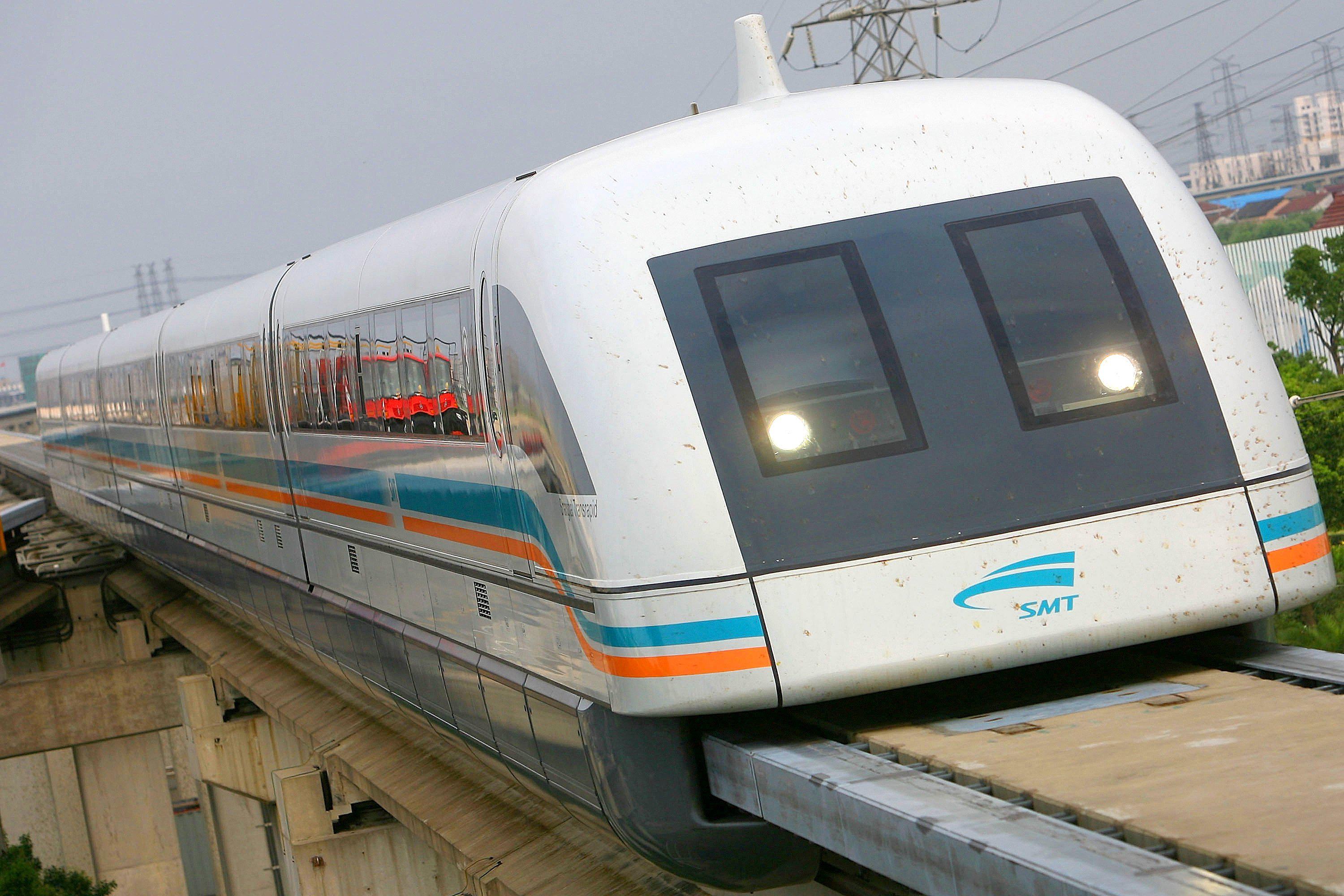The story, reported in Japan’s Asahi, that the Japanese government would be willing to float a $4 billion loan to cover half the cost of a D.C.-Baltimore “super-maglev” that would cut travel time between the two cities to 15 minutes is very cool.
The only problem is there’s no way you could build a D.C.-Baltimore maglev for that kind of money. New York’s Metropolitan Transportation Authority is building a tunnel that would let Long Island Railroad trains go to Grand Central Station and that costs $8.76 billion. Amtrak wants $7 billion to renovate Union Station. The Silver Line of D.C. Metro going from suburban Virginia to Dulles Airport is costing $6.8 billion.
Now let’s be clear—these civil engineering costs in the United States are totally insane and way out of line with what other developed countries manage to achieve. Reform of the issues at the root of these sky-high costs ought to be a high priority. But the issues appear to me to be fairly deep, tied to the nature of the common law legal system, the craft union tradition in American labor, relatively weak central government, etc. Until something is actually done to fix this stuff, the various versions of maglev dreams are just dreams. Given the actual structure of American civil engineering costs, many fewer projects pass a cost-benefit test than would be true if we had French, Spanish, or Japanese construction costs.
UPDATE—January 9: The people behind The Northeast Maglev project point out that they’ve always offered a $10 billion estimate of the cost of the Baltimore-DC leg. That’s perhaps more realistic.
